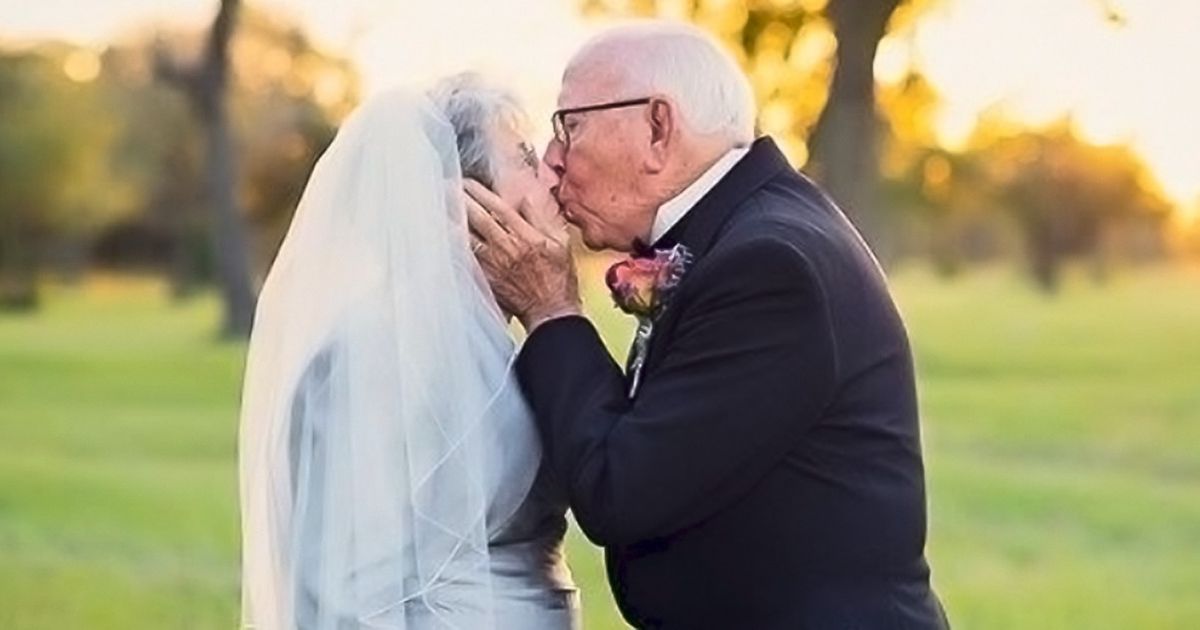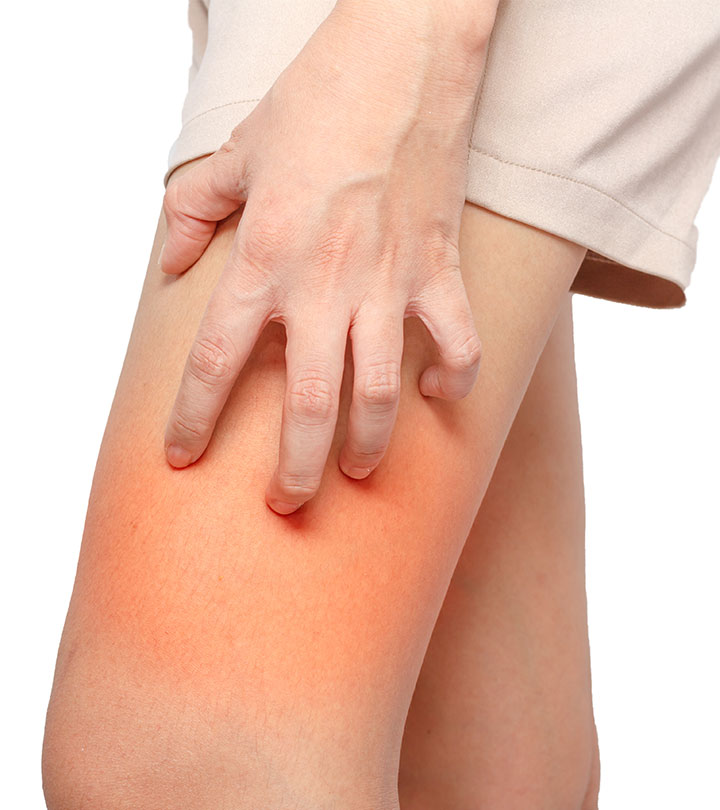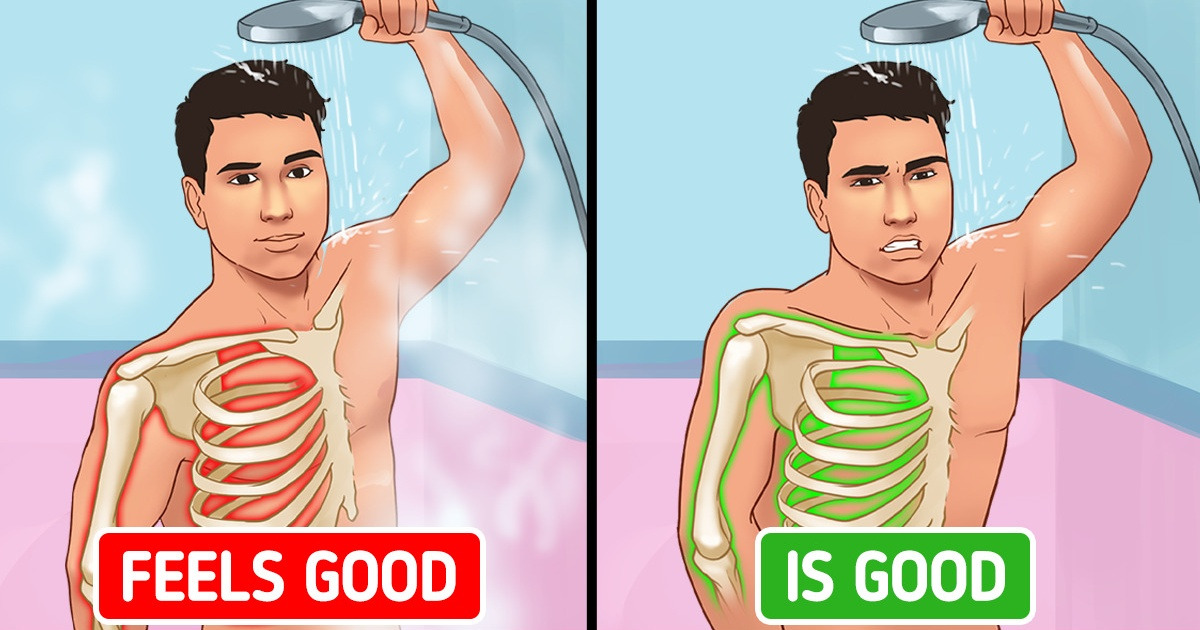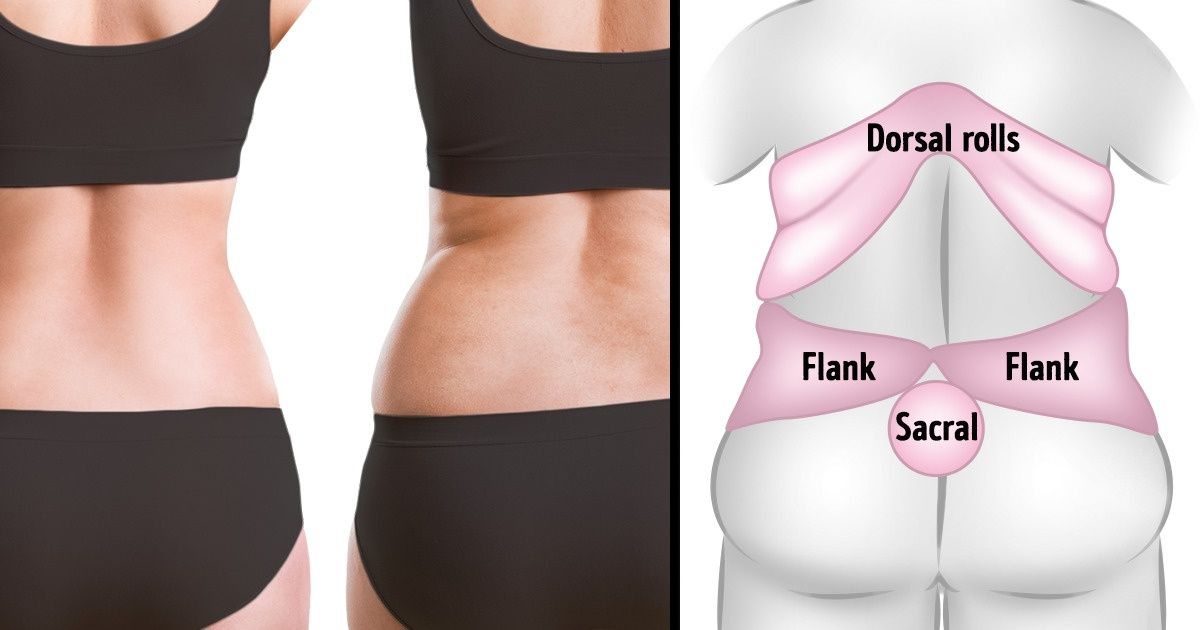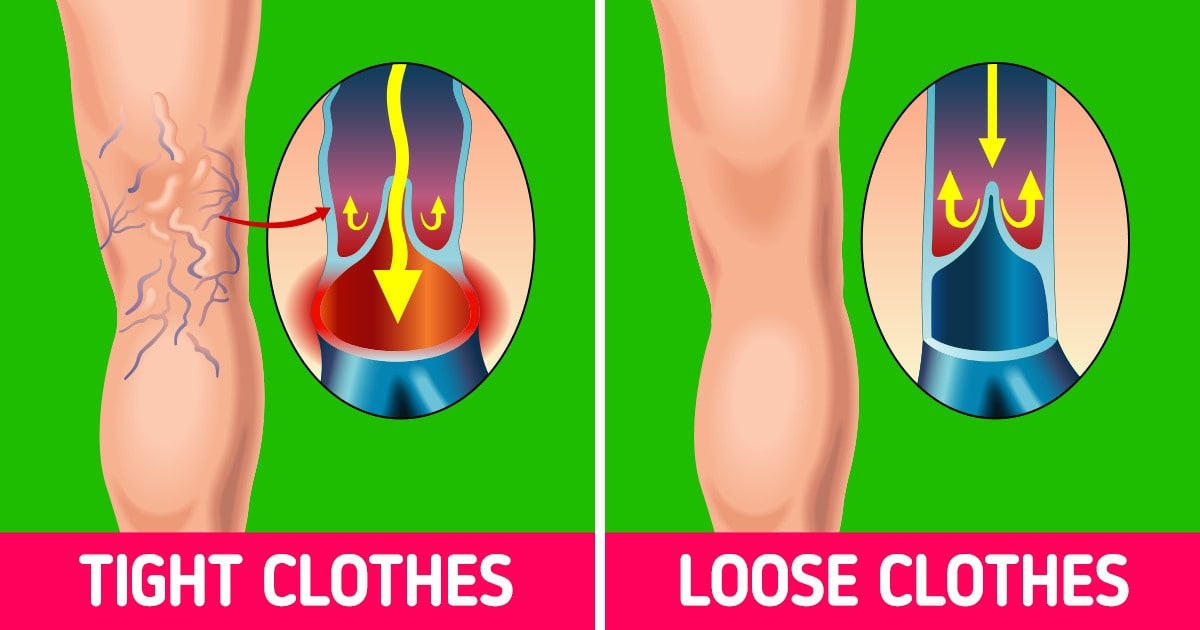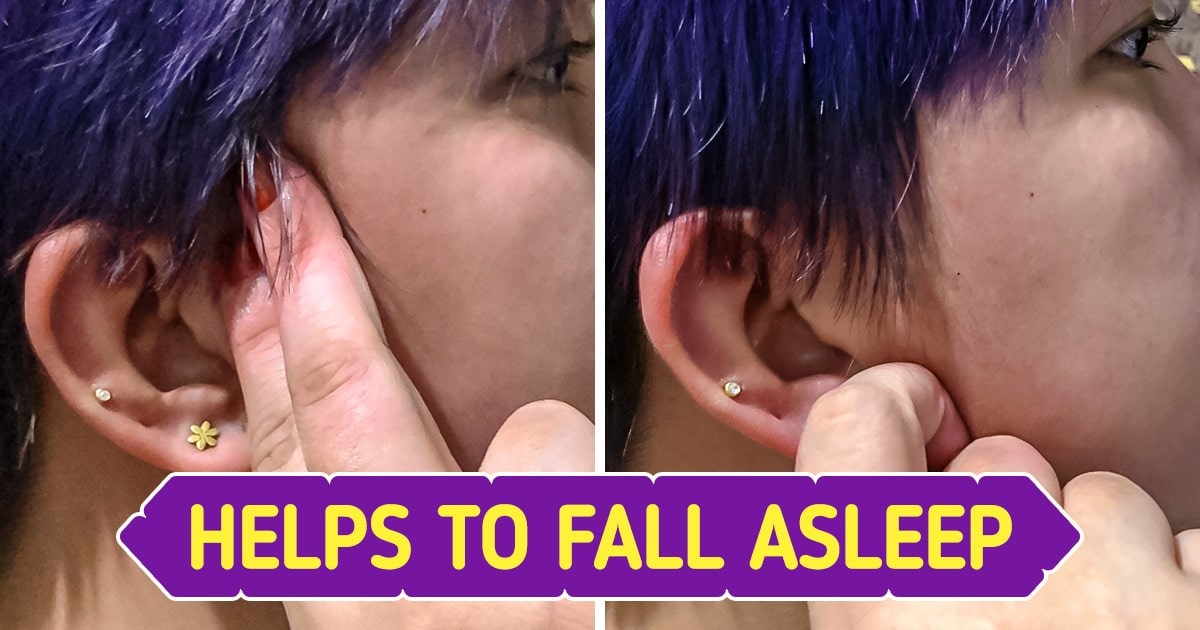If you’ve ever felt like you just can’t seem to lose weight, it might be because your body is telling you something. You’re probably not eating enough and there’s a good chance that what you’re eating isn’t very nutritious or filling.
Even if this is true for some people, I’m here to tell you that there are ways around this problem: how to eat as much food as possible without gaining weight!
Know your metabolism.
Your metabolism is the rate at which your body burns calories. It’s also the number that determines how much you can eat without gaining weight, and it’s one of the best ways to control your appetite.
To find out what your own metabolic rate is, multiply the number of calories per day by 12 and then divide by 7 (the average number of hours in a day). That’s basically an estimate of how many calories you burn while resting—which isn’t particularly useful information unless there are specific circumstances or events that might alter this number (like exercise).
If you want to lose weight quickly but don’t have access to such data on yourself or on someone else who could provide them for free (or even sell them), here’s a simple way around this problem: Just subtract 10% from whatever figure comes out after doing so based on what we know about our bodies’ abilities under normal conditions.
For example: If my metabolism is estimated at 1350 calories per day at rest with low activity levels throughout most days during weekdays only then I would subtract 10% from those numbers before entering into calculations related solely toward fat loss purposes since I’m going through some kind of transition period where my usual daily routine has been disrupted due to travel plans changing unexpectedly last minute.”
Eat only when you’re hungry.
If you’re hungry, eat. If you’re not hungry, don’t eat. This is the simplest way of eating for weight loss that I know of.
It’s also one that works when you’re on a diet or trying to lose weight—and it can help prevent overeating and overeating-related health problems like heart disease and diabetes.
The trick here is knowing when to stop eating so that your body keeps burning fat as fuel instead of storing it in your stomach as fat cells (which would make both these conditions much more likely).
Understand the hunger scale.
Eat when you’re hungry.
Don’t eat when you’re not hungry.
Eat when bored or sad, but avoid going overboard on this one!
Celebrate with a meal (or two). The key here is to make sure that your celebration lasts at least eight hours after eating so that your body can digest the food and feel full before going back to its regular schedule of hunger pangs. If you’re celebrating something special like an anniversary, anniversary dessert should be part of the meal—just don’t go overboard and consume too much at once!
Eat protein and healthy fats with every meal.
Protein and healthy fats are important for weight loss because they keep you feeling full, which helps you eat less overall.
The average American consumes about half their daily calories from carbohydrates (foods such as bread, pasta, cereal, and rice). The other half comes from fat—30 percent of your diet comes from fat if you’re eating a typical American diet!
You can’t eat just anything in order to get this much protein or healthy fat into your body; it’s too much at once. Instead of trying to reach these percentages by eating large amounts of meat every day (which could cause health problems), focus on smaller portions throughout the week so that each meal contains enough nutrients without going overboard on either protein or carbs.
Always have an emergency snack supply.
Always have an emergency snack supply.
Keep snacks that are high in protein and healthy fats, such as nuts, seeds, or avocados. Snacks should be easy to eat on the go so you don’t have to sit down for every meal. If you’re stuck at work all day without access to a kitchen or fridge—or if your usual stop for lunch isn’t open yet—you can always bring your own food with you!
Just make sure it’s something healthy: fruits and vegetables are great options because they don’t contain many calories but still give off plenty of nutrients; they’ll keep hunger at bay while filling up on fiber (which helps slow down digestion).
Being healthy requires being mindful of what you eat.
Know how much you eat.
Eat when you’re hungry, not when it’s convenient or socially acceptable. (You don’t want to feel bad about your food choices.)
Use the “P” word: protein. It’s very important to get enough protein in your diet, especially if you’re an athlete who works out regularly and needs energy reserves for later in the day—or if you’re someone who has a job that requires lots of sitting down at a desk all day long (think teachers).
Protein-rich foods include eggs, fish (especially salmon), chicken breast/legs/wings/tendons…the list goes on! If choosing from this list seems overwhelming or intimidating because some of these options seem expensive compared with cheaper alternatives like ground beef or canned tuna salad sandwiches on whole wheat bread…don’t worry!
There are plenty more affordable ways than ever before thanks to technology advancements like smartphones which allow us access information literally anywhere we go without having internet service nearby–and these apps allow us access even more options than ever before too!
Conclusion
A healthy diet doesn’t mean you have to deprive yourself of the foods you love—or the foods that make you feel good. It just means being mindful of what those foods are and how much you enjoy them so that they don’t become an addiction. By following these tips, you can eat as much as you want without gaining weight or feeling deprived.

